Advertisement
IBM has unveiled plans to invest $150 billion over the next decade in technology initiatives across the United States. This large-scale commitment focuses on research, manufacturing, and workforce growth in fields such as artificial intelligence, semiconductors, and quantum computing. The move comes as global demand for advanced computing power and secure supply chains intensifies.
By channeling resources into innovation and domestic production, IBM aims to reinforce its leadership while supporting the country’s technological independence. This investment is expected to impact industries, create jobs, and bring advanced technologies closer to practical use in everyday life and business.
One of the most ambitious pieces of IBM’s $150 billion plan is its effort to bring semiconductor manufacturing back to American soil. For years, chip production has drifted overseas, leaving US industries vulnerable to shortages and delays whenever global supply chains falter. IBM wants to change that by building state-of-the-art fabrication plants and upgrading existing ones in key locations. These facilities will produce next-generation semiconductors — smaller, faster, and more efficient than the ones powering today’s devices.
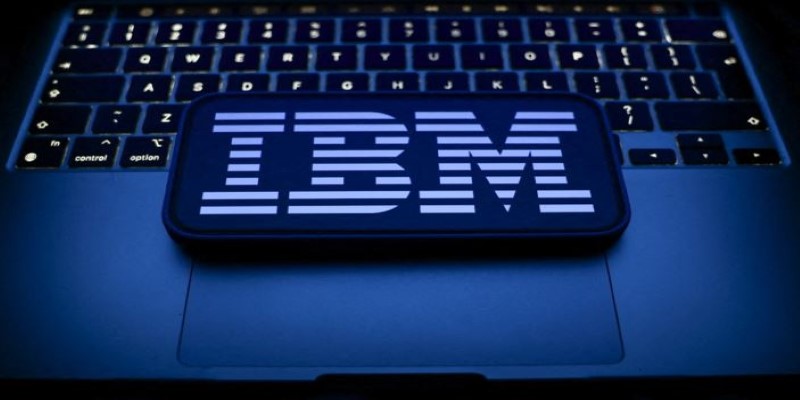
Semiconductors are at the heart of nearly everything we rely on: smartphones, electric cars, medical equipment, cloud servers, and even factory machinery. IBM’s expertise in nanosheet transistors and advanced node technology positions it to deliver chips that can keep pace with growing demands for both power and energy efficiency. At the same time, IBM plans to team up with suppliers and universities to create a stronger, more dependable supply chain right here in the US. This fits neatly with broader efforts to bring critical manufacturing and intellectual property back home and reduce dependence on foreign production.
But IBM isn’t stopping at just making more chips — it’s looking to make them smarter. Teams of engineers and researchers will develop new materials and processes designed to lower waste, save energy, and make devices last longer. These breakthroughs could help industries adopt more sophisticated technology while keeping costs under control, restoring America’s reputation as a reliable hub for advanced semiconductors.
Artificial intelligence has become central to how businesses and institutions operate, and IBM's plan allocates substantial funding to deepen AI research. The company will expand its network of AI research hubs, where teams focus on creating systems that are transparent, fair, and easy to integrate. Key areas include enhancing natural language understanding, developing secure AI-driven decision-making tools, and ensuring the ethical use of algorithms in sensitive industries such as healthcare and finance.
By hiring thousands of new engineers, scientists, and data specialists, IBM hopes to accelerate innovation and develop tools that are more accessible to organizations of all sizes. Beyond creating software, the company will invest in hardware optimized for AI workloads, making systems faster and more efficient. Training programs for businesses and developers are also part of this vision, equipping them to use AI responsibly and effectively in their operations.
Quantum computing, another emerging area, will receive a significant share of the investment. Although quantum technology is still evolving, it holds promise for solving problems that traditional computers cannot address efficiently, such as simulating molecular structures for drug discovery or optimizing global logistics networks. IBM plans to expand its quantum research facilities, increase the number of qubits in its systems, and collaborate with universities and startups to explore practical applications. By building a broader ecosystem around quantum research, IBM aims to bring this technology closer to real-world use and ensure the US remains competitive in this field.
IBM’s investment plan is designed not only to develop technologies but also to create tens of thousands of jobs and train a new generation of workers. Many of these roles will be in high-skill fields such as engineering, manufacturing, and software development. Recognizing the shortage of skilled labor in the tech sector, IBM will expand education initiatives that prepare workers for these jobs.

The company’s SkillsBuild program, which already offers free courses in areas such as cybersecurity, cloud computing, and data science, will be scaled up to reach more participants, particularly in underserved communities. Partnerships with community colleges and trade schools will create pathways for students to enter the workforce with practical, job-ready skills. Internships, apprenticeships, and certification programs are planned as part of this broader effort to build a diverse and well-prepared workforce.
These efforts are designed to benefit not only IBM but also the broader economy. By training more workers and creating stable, well-paying jobs, the investment has the potential to strengthen local economies and reduce barriers to entry for people from various backgrounds. The focus on inclusion and accessibility could help close skill gaps in technology while encouraging more innovation.
The effects of IBM's $150 billion technology investment are expected to extend well beyond its operations. As new manufacturing plants and research centers take shape, they will attract a range of suppliers, academic collaborators, and emerging companies. This type of development has the potential to revitalize local economies, particularly in regions that have experienced job losses due to traditional manufacturing.
By supporting small technology firms and research institutions, IBM is fostering a collaborative environment where innovation can thrive. Sharing advancements in semiconductors, AI, and quantum computing with partners and customers creates a more dynamic and competitive ecosystem. Industries from healthcare and energy to transportation and agriculture stand to benefit from these innovations, which can improve efficiency, safety, and service delivery.
The investment also aligns with national efforts to reduce dependence on foreign technology sources and strengthen US leadership in critical areas. In a global landscape where countries are racing to lead in advanced technologies, IBM’s move demonstrates a commitment to building the infrastructure and capabilities that can sustain long-term growth and security.
IBM’s $150 billion technology investment aims to shape innovation and strengthen America’s position by boosting semiconductor production, AI, quantum research, and workforce skills. The plan supports industries and communities through a balanced vision of growth, inclusivity, and resilience. Over the next decade, these initiatives are expected to transform technology, jobs, and the economy, marking a significant new chapter in IBM’s enduring legacy of research and progress.
Advertisement

How Amazon AppFlow simplifies data integration between SaaS apps and AWS services. Learn about its benefits, ease of use, scalability, and security features

How a humanoid robot learns to walk like a human by combining machine learning with advanced design, achieving natural balance and human-like mobility on real-world terrain
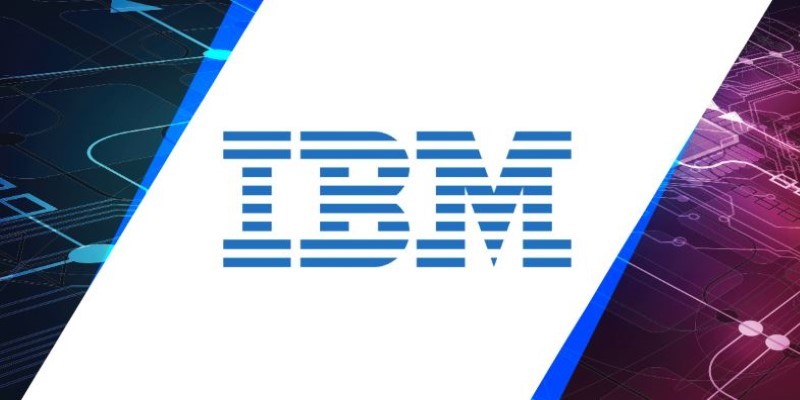
IBM Plans $150B Technology Investment in US, focusing on semiconductors, AI, quantum computing, and workforce development to strengthen innovation and create jobs nationwide
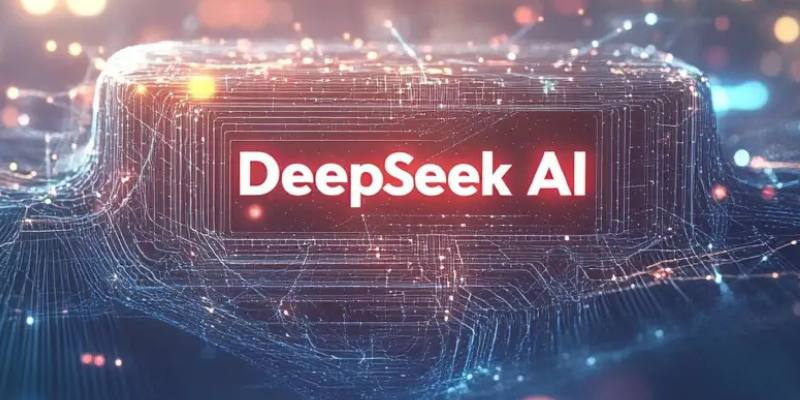
Find the top eight DeepSeek AI prompts that can accelerate your branding, content creation, and digital marketing results.
Advertisement

How Gradio reached one million users by focusing on simplicity, openness, and real-world usability. Learn what made Gradio stand out in the machine learning community

How AI in real estate is redefining how properties are bought, sold, and managed. Discover 10 innovative companies leading the shift through smart tools and data-driven decisions

Curious about ChatGPT jailbreaks? Learn how prompt injection works, why users attempt these hacks, and the risks involved in bypassing AI restrictions
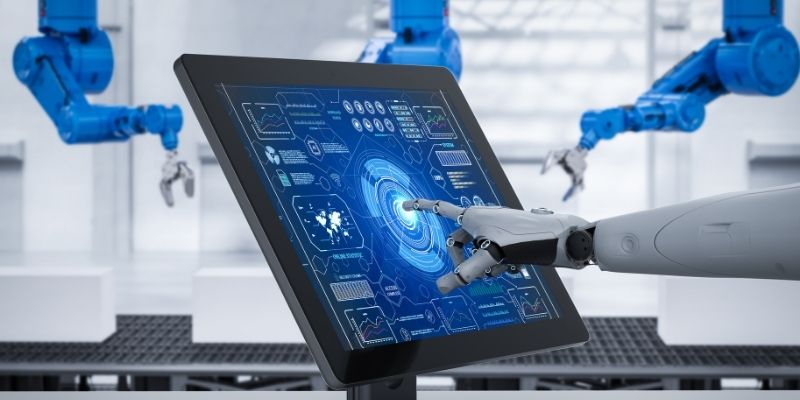
Siemens expands its industrial AI efforts, driving innovation and efficiency across manufacturing and engineering.
Advertisement

How machine learning is transforming sales forecasting by reducing errors, adapting to real-time data, and helping teams make faster, more accurate decisions across industries

EY introduced its Nvidia AI-powered contract analysis at Mobile World Congress, showcasing how advanced AI and GPU technology transform contract review with speed, accuracy, and insight
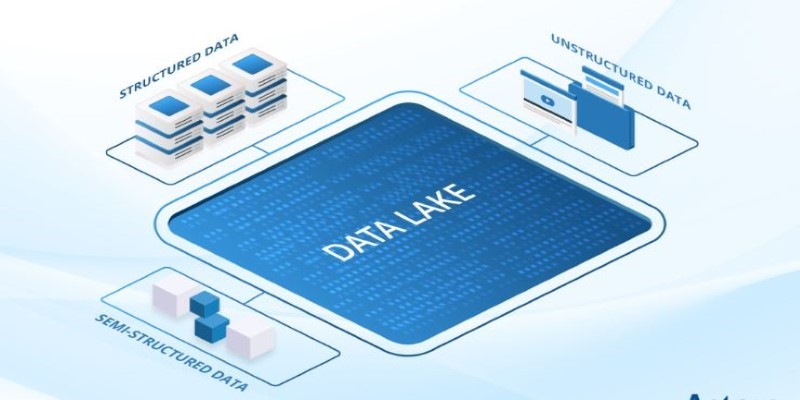
What data lakes are and how they work with this step-by-step guide. Understand why data lakes are used for centralized data storage, analytics, and machine learning

How the Philadelphia Eagles Super Bowl win was accurately predicted by AI, showcasing the growing role of data-driven analysis in sports outcomes